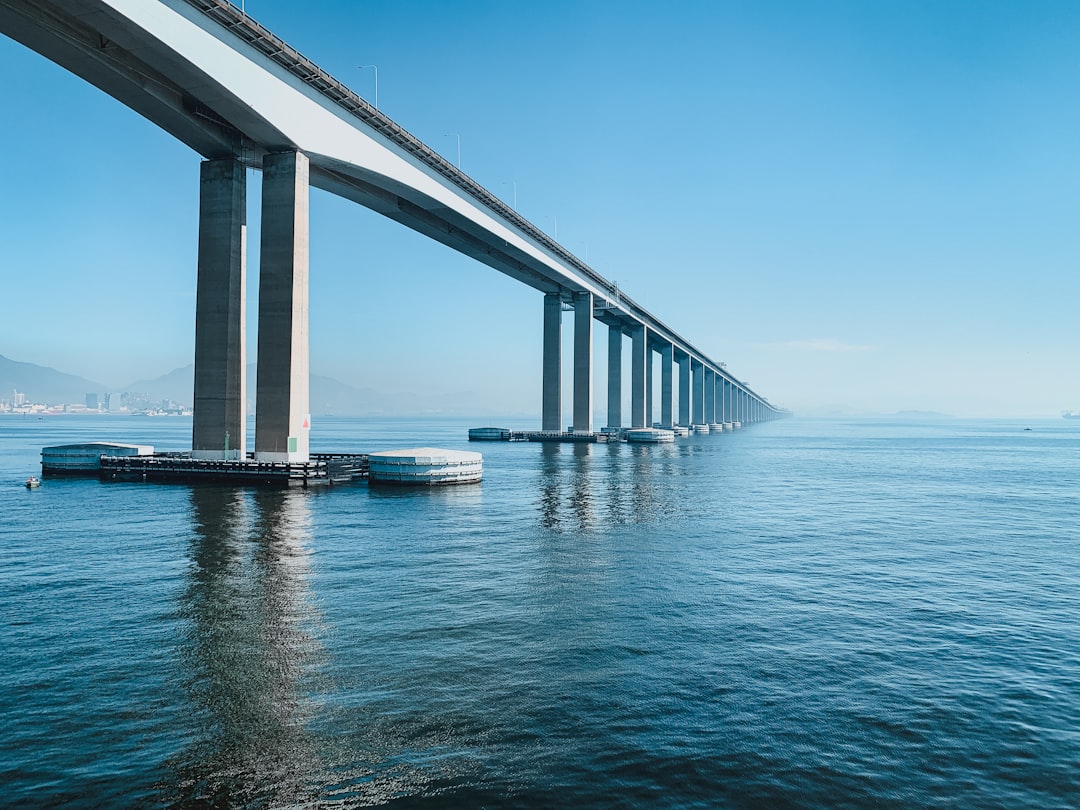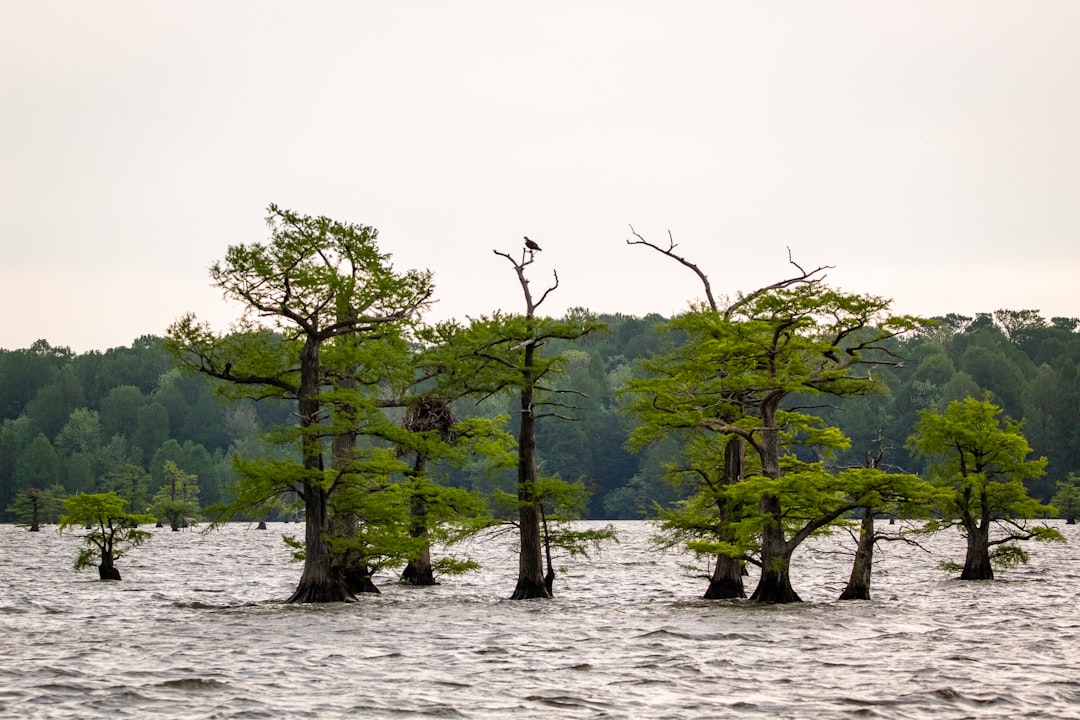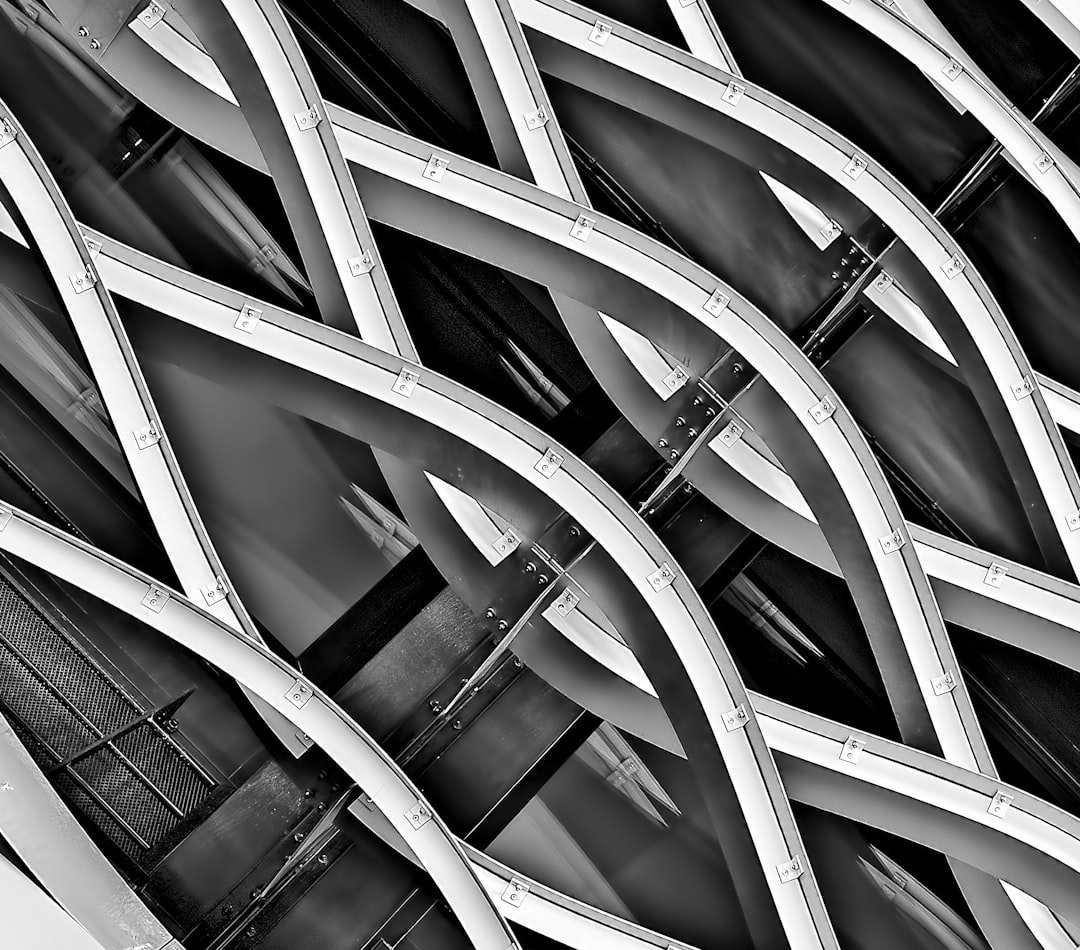What is it about?
River-crossing bridges are vulnerable to wear and tear during floods. Flooding causes "bridge scour," or erosion of the bridge's supports. Unfortunately, climate change has made such floods more common. This can cause bridge failure. But, most studies have examined the risks of flooding on a bridge without considering climate effects. In this study, the authors looked at the effects of climate change on the risk and resilience of a bridge. They used a bridge crossing the San Joaquin River in California, US, as their case study. The authors made predictions about the effects of climate change on the flood patterns for the period 2012-2099 using simulation results. In addition, they focused on strategies to make the bridge more robust to the hazards caused by climate change.
Featured Image

Photo by Erik Mclean on Unsplash
Why is it important?
Most studies on risk and resilience of bridges focus on flooding hazards. But, bridges need to be robust against multihazard conditions as well. This includes resilience to multiple extreme conditions, e.g., floods and earthquakes. Given the threat of climate change, it is necessary to assess the risk and resilience of bridges for such extreme conditions. This study provides a push for future studies to examine multihazard risk mitigation of bridges. In addition, it drives future initiatives for the development of robust bridges. KEY TAKEAWAY: Climate change is a major threat to river-crossing bridges and increases their risks of failure considerably. As a result, steps must be taken to ensure their robustness to multiple hazards caused by climate effects. This research relates to the following Sustainable Development Goals: • SDG 13: Climate Action • SDG 11: Sustainable Cities and Communities • SDG 9: Industry, Innovation, and Infrastructure
Read the Original
This page is a summary of: Impact of Climate Change on Multihazard Performance of River-Crossing Bridges: Risk, Resilience, and Adaptation, Journal of Performance of Constructed Facilities, February 2021, American Society of Civil Engineers (ASCE),
DOI: 10.1061/(asce)cf.1943-5509.0001538.
You can read the full text:
Resources
SDG Showcase: Goal 13 – Climate Action
More plain language summaries of research relevant to Sustainable Development Goal 13: Climate Action – brought to you by the SDG Knowledge Cooperative
SDG Showcase: Goal 11 – Sustainable Cities and Communities
More plain language summaries of research relevant to Sustainable Development Goal 11: Sustainable Cities and Communities – brought to you by the SDG Knowledge Cooperative
SDG Showcase: Goal 9 – Industry, Innovation and Infrastructure
More plain language summaries of research relevant to Sustainable Development Goal 9: Industry, Innovation and Infrastructure – brought to you by the SDG Knowledge Cooperative
ASCE Sustainable Development Goals Showcase
More plain language summaries of research relevant to ASCE's Sustainable Development Goals
SDG Knowledge Cooperative
More plain language summaries of research relevant to all the Sustainable Development Goals.
ASCE Climate Change Showcase
More plain language summaries from ASCE relevant to Climate Change
Climate Change Showcase
More plain language summaries of research relevant to Climate Change
Contributors
Be the first to contribute to this page










